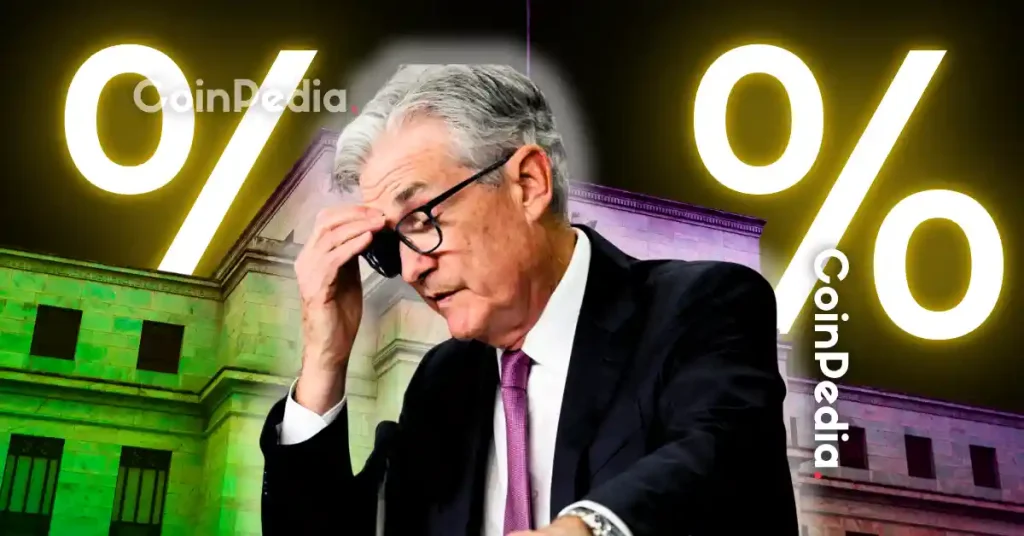FED Meeting Today Could Ignite Epic Bull Run If Dot Plot Signals Aggressive Rate Cuts
Markets hold their breath as the Federal Reserve prepares to drop its latest economic bombshell. Today's FOMC meeting isn't just another policy announcement—it's the potential catalyst crypto traders have been waiting for.
The Dot Plot Decoder
All eyes focus on the infamous dot plot projection. Each dot represents an individual Fed official's interest rate forecast. More dots signaling rate cuts means more rocket fuel for risk assets. Crypto thrives on liquidity, and rate cuts open the monetary floodgates.
Timing the Tidal Wave
History shows crypto markets front-run Fed policy shifts. Bitcoin doesn't wait for the actual rate cuts—it prices in the expectation. Traders who position before the announcement often capture the most explosive moves.
The Institutional Trigger
Traditional finance finally gets it: crypto is the leverage play on monetary policy. Hedge funds and asset managers now treat Bitcoin as a macro asset. Fed dovishness could trigger the largest institutional allocation shift since the ETF approvals.
Because nothing says 'sound monetary policy' like letting a chart of anonymous dots dictate trillion-dollar market moves.

The Federal Reserve is expected to announce the start of its interest rate cut cycle tomorrow, but analysts warn the real market driver will not be the cut itself. Instead, attention is on thethe Fed’s projection of how many cuts policymakers expect in 2025, 2026, and 2027.
“The market will not react to today’s rate cut; it will react to the DOT Plot,” analyst Catalina Castro explained.
Why the Dot Plot Matters for Bitcoin
In June, most Fed members projected two cuts for this year, one for 2026, and one for 2027. If tomorrow’s projections reveal, it could spark a bullish reaction in both stocks and cryptocurrencies.
“Markets don’t react to the present; they react to expectations. The 0.25% cut is already priced in,” Castro noted. “If the Fed signals deeper cuts, it’s giving the green light to liquidity.”
Historical Patterns Favor Bulls
History supports the bullish case. Since 1980, there have been 20 rate cuts when the S&P 500 was NEAR record highs. In every instance, the index posted gains over the next year, with an average return of +13.9%. In 1996, in a similar setup, the S&P surged +22%.
JP Morgan added that when the Fed cuts rates while the S&P 500 trades within 1% of an all-time high, the average one-year gain is +15%. However, short-term volatility often follows: “Stocks end lower in the first month 50% of the time,” Castro cautioned, suggesting any dip could be a buying opportunity.
Liquidity Triggers: Stablecoins, Money Markets, and QT
Beyond the rate decision, several liquidity drivers could fuel risk assets:
- Stablecoins: Over $300 billion is currently locked in DeFi protocols, earning 4–6% yields. With rates falling, that capital could rotate into cryptocurrencies.
- Money Market Funds: Roughly $7.5 trillion sits in money market funds. Lower yields here could push investors toward stocks and digital assets.
- Quantitative Tightening (QT): The Fed’s asset-selling program is likely to end once cuts begin. Historically, every altcoin season has coincided with the end of QT or the start of QE.
Adding fuel to the mix, the AI revolution remains a powerful macro theme.
Castro emphasized, “The biggest revolution since the ‘90s, combined with an expansive Fed, could be pure dynamite for risk assets.”

